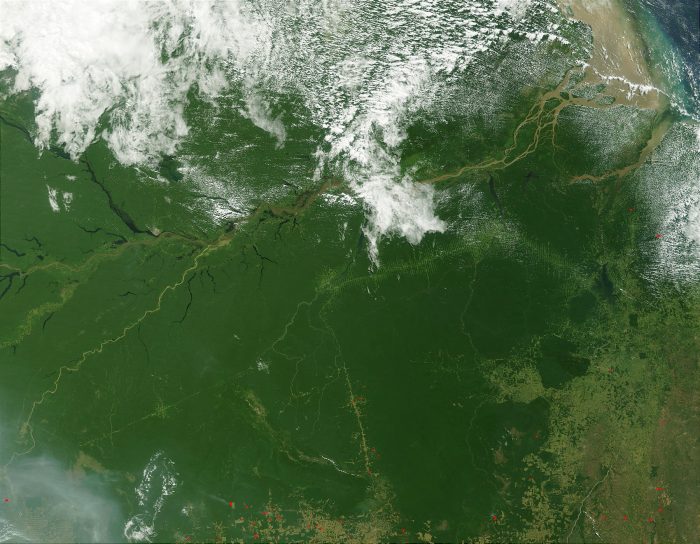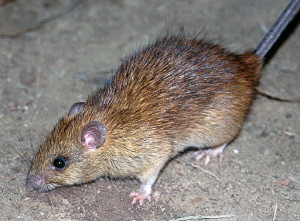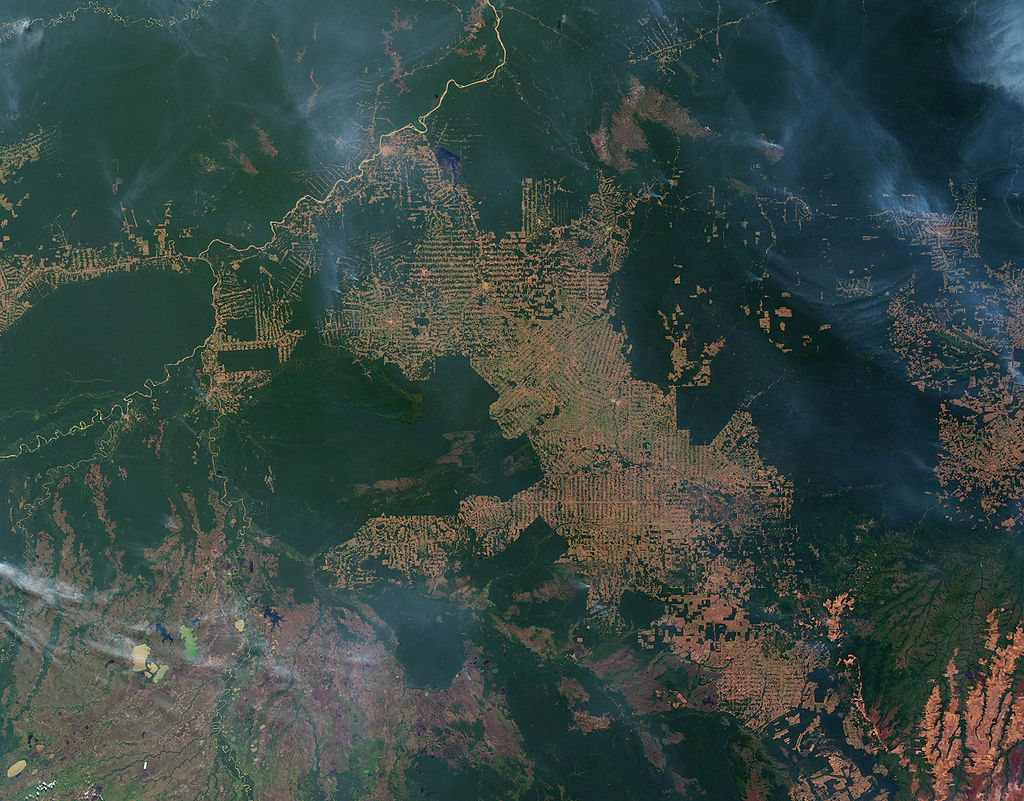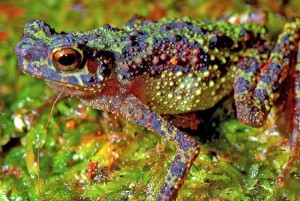An Ark for Mammals
Mammals are one of the hardest hit groups of animals when habitat is lost through human activities.

Much research has been carried out in order to find the best ways to conserve mammals, but most of this has focused on large-scale changes to landscapes and the impacts of this on mammal diversity.
However, many important decisions about land use are made at much more local scales, and one new study (published in Ecological Applications) has examined mammalian diversity across different small-scale landscapes. The findings suggest that large areas of ‘degraded’ forest in Southeast Asia can play an important role in conserving mammal diversity. Led by scientists at Imperial College London, it is one of the most intensive studies of rainforest mammal diversity ever undertaken.
The team recorded mammals in Borneo using trap-and-release techniques and motion-sensing cameras in three land-use types – old-growth forest, logged forest and oil palm plantations. Over three years they created 20,000 species records.
They discovered that mammal diversity for large mammals, such as clouded leopards and civets, was similar for both old-growth forests and logged forests. For small mammals, squirrels and rodents for example, the diversity was actually higher in logged forests. These ‘selectively logged’ forests, where only certain tree species are removed, are often considered to be degraded and therefore frequently cleared to make way for plantations. But these results suggest that they are an overlooked source of refuge for mammals and should be better protected.
Unsurprisingly, both small and large mammal diversity was lower in oil palm plantations. Most species discovered on the plantations likely spilled over from adjoining forests or riparian zones – strips of forests surrounding rivers to reduce the chance of flooding.
Lead researcher Dr Oliver Wearn, who completed the research for his PhD, said that the surprise result that mammal diversity remains high in logged forests may be because of the way habitats are distributed. “The logging process creates a greater variation in habitat types in a smaller area, from untouched areas on steep slopes to completely denuded areas of open grassland. Old-growth forests would likely have the same diversity if we looked at them on a much larger scale.”
Dr Wearn also stresses that while a greater diversity is recorded now in these logged forests, it cannot yet be certain that this diversity will remain in the future as the knock-on effects of habitat loss take effect on mammals and other rainforest species. “What we can say from this study is that protecting those large areas of forest that have already been logged could help conserve mammal species better than preserving fragmented pockets of forests inside oil palm landscapes.”
This study complements another recent study from Imperial, where researchers recommended rehabilitating logged forests as a way to prevent highly threatened species from becoming extinct. “Where old growth forests remain, however, these are still the best habitats for mammals and other native species, and should be the absolute top priority for conservation,” said Dr Wearn.





No comments yet.